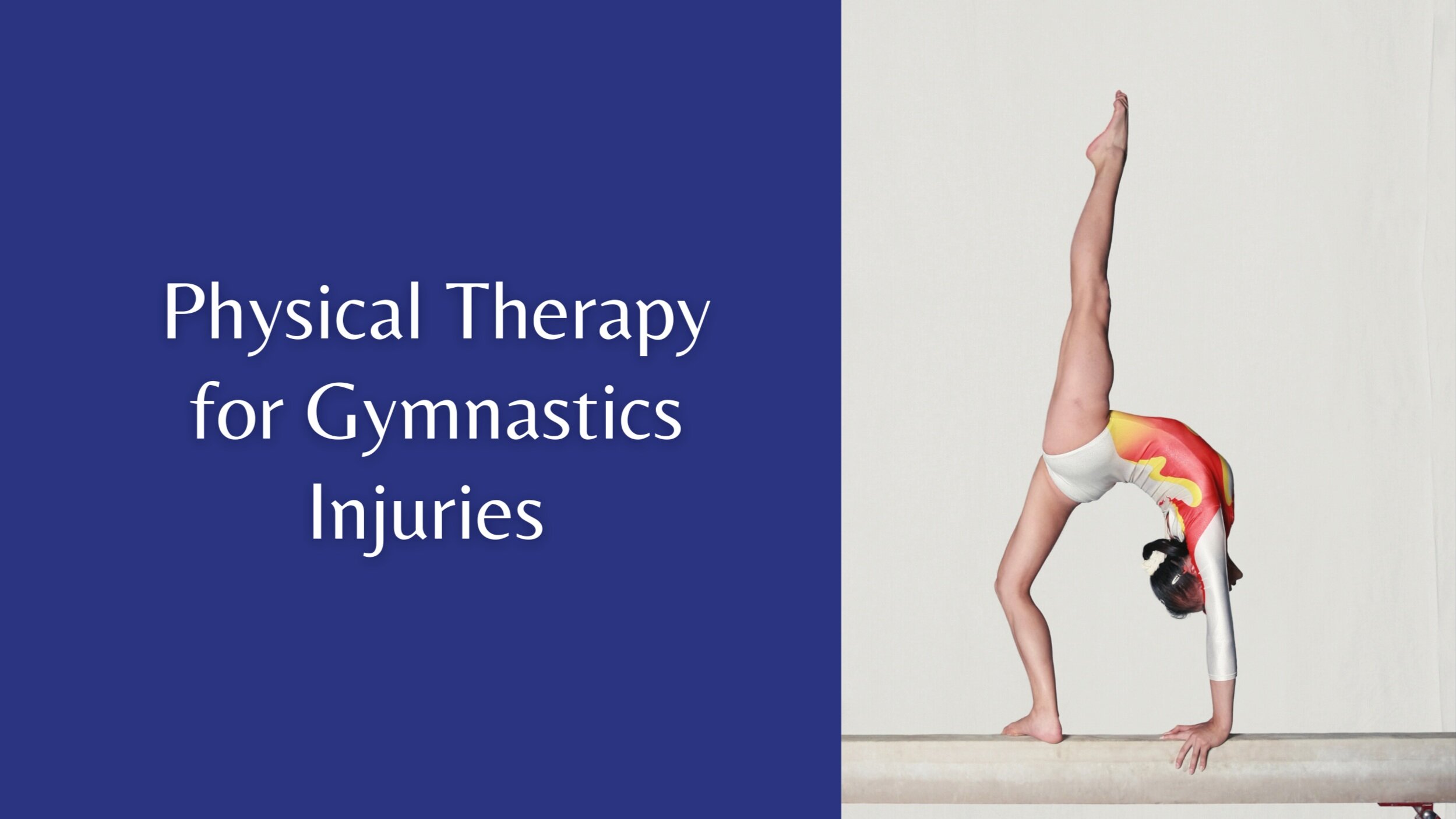Mangiarelli Rehabilitation Physical Therapy Blog
April 2024 Newsletter
Check out our April Newsletter, highlighting 8 tips to prevent low back pain this gardening season, exercise rehabilitation for multiple sclerosis, the best exercise to improve hip flexor stength, and the role of nutrition in osteoarthritis symptom management.
8 Tips to Prevent Low Back Pain this Gardening Season
With the start of spring, many of us begin planning our gardens, including weeding, raking, and preparing for planting. Gardening has many health benefits, but injuries can occur. The low back can be particularly susceptible to injury during gardening as bending, lifting, and squatting can cause you to twist your body into awkward positions or to overstretch, leading to muscle strains or sprains. Check out our 8 tips to prevent low back pain this gardening season!
Preventing Injury in Competitive Swimming
Swimming is a dynamic sport that requires full body movement and coordination and a significant amount of power and endurance, placing significant stress on the shoulder joint. The intensity of competitive swimming training can increase the risk of common overuse injuries like swimmer’s shoulder, knee injury, or low back pain. Physical therapy can help swimmers prevent and address injuries through sport-specific training and a comprehensive rehabilitation program to improve strength, endurance, mobility, and shoulder stability. Check out our 5 tips to prevent injury in competitive swimming!
Physical Therapy for Sciatica
Sciatica is nerve pain that radiates from the low back through the buttocks and down the length of the leg due to compression of the sciatic nerve. Originating in the low back, the sciatic nerve is most commonly compressed by a herniated or slipped disc, causing shooting pain and tingling and numbness through the back and leg. Physical therapy is one of the most effective treatments for sciatica, reducing inflammation, managing and minimizing pain, improving your physical function and mobility, and preventing the reoccurrence of sciatica symptoms.
February 2023 Newsletter
Check out our February 2023 Newsletter, highlighting addressing gait dysfunction with physical therapy, tips for managing swelling after injury, physical therapy for spondylolysis, and chronic knee pain causes & treatments.
Physical Therapy for Spondylolysis in Teens
Spondylolysis is a lumbar stress fracture in the pars interarticularis, the bony bridge that connects the upper and lower facet joints of the vertebrae. Spondylolysis is a common cause of low back pain in adolescent athletes, caused by repetitive loading, backward bending, and twisting of the lower back. Physical therapy can successfully manage spondylolysis in adolescent athletes, helping to reduce pain, improve strength and function in the low back, and safely return athletes to sports competition.
How To Protect Your Back When Raking Leaves
Autumn brings with it stunning landscapes of red, gold, and orange leaves. However, the aftermath of the turning of the leaves can involve raking and bagging an enormous number of leaves in our yard. Weekly leaf raking during the fall can take quite a toll on your body if you are using incorrect biomechanics that strains your back, neck, and shoulders. The low back is particularly vulnerable to injury when raking due to the repetitive movements and constant bending and lifting of raking. Check out our tips to protect your back this season when raking leaves!
Physical Therapy for Spinal Stenosis
Spinal stenosis is a degenerative condition of the spine that involves narrowing of the openings within the vertebrae of the spinal column that results in too much pressure on the spinal cord and nerves, causing pain and weakness in the low back. Spinal stenosis can develop after the age of 50 due to the effect of aging and osteoarthritic wear and tear on the spine and spinal vertebrae. Physical therapy provides an effective treatment for spinal stenosis, helping patients regain function, mobility, and strength in their low back and relieving compression of the spinal nerves.
Managing Chronic Pain with Exercise
Chronic pain affects up to 28% of American adults each year and is one of the most common reasons adults seek medical care. Chronic pain develops when the nerves that communicate pain to the brain become hypersensitive, causing the brain to perceive that area of the body as a potential threat and therefore painful beyond the normal healing timeframe. Exercise is an effective way to manage chronic pain by building muscle strength, reducing pain sensitivity, and improving mobility through targeted strengthening, low-impact aerobic exercise, stretching, and aquatic therapy.
Exercises to Relieve Low Back Pain
On the blog, Mangiarelli Rehabilitation physical therapist Bobby demonstrates exercises to relieve acute low back pain. Low back pain is the most common condition treated by physical therapists, affecting 30% of Americans each year. Low back pain can involve dull, burning, throbbing, sharp, or shooting pain in the lumbar spine and through the buttocks and leg. Physical therapy is the first line of treatment for low back pain. A physical therapist can improve and restore mobility in the low back as well as reduce low back pain without expensive surgery or pain medications.
Physical Therapy for Piriformis Syndrome Infographic
Check out our infographic on physical therapy for piriformis syndrome! Piriformis syndrome develops due to tightening of the piriformis muscle, which can irritate and compress the sciatic nerve and cause pain through the buttocks, low back, and back of the leg. Physical therapy can isolate the true origin of the piriformis syndrome pain, help relieve pain, and restore normal movement and range of motion in the affected area through stretching, manual therapy, and targeted strengthening.
Preventing Tennis Injuries with Physical Therapy
Tennis is a popular, dynamic sport that requires significant speed, agility, endurance, coordination, and cardiovascular fitness of the tennis player. Due to the intensity and repetitive motions of tennis, tennis players can suffer chronic overuse injuries like tennis elbow and rotator cuff tendinitis and acute injuries like ankle sprains. Physical therapists can help tennis players prevent injury through a strength and conditioning program tailored to their needs and abilities and provide targeted treatment for specific injuries to help tennis players return to competition with restored strength and mobility.
Physical Therapy for Sciatica Pain [Infographic]
Check out our infographic on physical therapy for sciatica pain! Physical therapy is the most effective treatment for sciatica pain. Sciatica is nerve pain that originates in the low back and radiates down the length of the leg due to irritation or compression of the sciatic nerve. Physical therapists treat sciatica pain through targeted strengthening of the low back, hips, and gluteal muscles, a progressive exercise program, manual therapy, and aquatic therapy.
Physical Therapy for Common Football Injuries
Football is a high-contact sport with one of the highest sport injury rates. Common football injuries include concussions, ACL tears, ankle sprains, turf toe, shoulder dislocation, rotator cuff tears, and hamstring strains. Physical therapy provides effective treatment for football-related injuries, helping the athlete to safely recover and return to sport when fully healed. Physical therapists help athletes regain strength, function, and range of motion through a targeted therapeutic exercise and strengthening program while managing pain and minimizing the risk of future injury.
#PainAwarenessMonth: Physical Therapy for Chronic Pain
September is #PainAwarenessMonth. While pain is an important survival mechanism to protect an injured area of the body, chronic pain is persistent pain that lasts beyond the normal healing process. Chronic pain develops when the nerves that communicate pain to the brain become hypersensitive, causing the brain to perceive that area of the body as a potential threat and therefore painful. Physical therapy offers safe and effective treatment for chronic pain, reducing pain and improving mobility, strength, and function.
Physical Therapy for Herniated Discs
Physical therapy is the first-line treatment for herniated discs. A herniated disc occurs when the outer ring of the intervertebral disc of the spine is torn, allowing the gelatin-like core to leak which irritates and compresses nearby nerves. This can cause radiating pain, weakness, numbness, and loss of sensation in the back, leg, neck, and shoulder. Physical therapists help those with a herniated disc relieve pain and restore function through strengthening exercises, manual therapy, and posture training.
Physical Therapy for Gymnastics Injuries
Gymnastics is an incredibly demanding sport that requires extreme strength, power, flexibility, and mobility of the entire body. Due to the extraordinary physical demands, high impact forces on the body, and rigorous training schedule of the sport, acute and overuse injuries can occur, most commonly in the ankle, knee, wrist, elbow, and low back. Physical therapists work closely with gymnasts to restore function, mobility, strength, and flexibility after an injury, ensure a safe return to sport, and prevent recurrent injuries.
Physical Therapy for Sacroiliac Joint Dysfunction
Sacroiliac joint dysfunction involves pain and altered function in the sacroiliac joints of the pelvis and is often associated with low back pain. The sacroiliac joint absorbs shock placed on the lower body to reduce pressure felt in the lower spine. Physical therapy is an essential component of sacroiliac joint dysfunction rehabilitation, reducing pain and restoring normal pelvic symmetry through therapeutic exercise and manual therapy.
8 Cycling Injury Prevention Tips
Whether you are cycling outdoors in the warm spring weather, participating in a spin class, or competing at the professional level in cycling, it’s important to take steps to prevent injury. Cycling is an excellent low-impact activity that improves overall fitness, cardiovascular health, and core and leg strength without placing too much stress on your joints. However, cycling injuries can occur due to overuse, improper bike setup, and lack of a proper warm-up and cool down. Check out our 8 tips to prevent injury when cycling this spring!
10 Tips for a Healthy Back
Back pain is one of the most common reasons people seek physical therapy. Nearly 80% of Americans will experience back pain at some point in their life. However, there are numerous ways to support spinal health and prevent back pain, such as regular exercise, an ergonomic workspace, physical therapy, and proper lifting techniques. Check out our latest blog for our 10 Tips for a Healthy Back!












![Physical Therapy for Sciatica Pain [Infographic]](https://images.squarespace-cdn.com/content/v1/5e419cdc97af032560004b99/1642433186988-YGFA0QQANLFLM1BD3D0Y/Blog+PT+Sciatica+.png)


















